The LI190R measures solar radiation with a silicon photovoltaic detector mounted in a cosine-corrected head. A shunt resistor in the sensor’s cable converts the signal from microamps to millivolts, allowing the LI190R to be measured directly by a Campbell Scientific data logger. The LI190R accurately measures Photosynthetic Photon Flux Density (PPFD), which is the number of photons in the 400 to 700 nm waveband incident per unit time on a unit surface. Because PPFD describes photosynthetic activity, the LI190R is ideal for growth chambers and greenhouses.
Benefits and Features
-
- Ideal for growth chambers and greenhouses
- Measures photosynthetic photon flux density (PPFD) in both natural and artificial light
- Compatible with the CWS900-series interfaces, allowing it to be used in a wireless sensor network

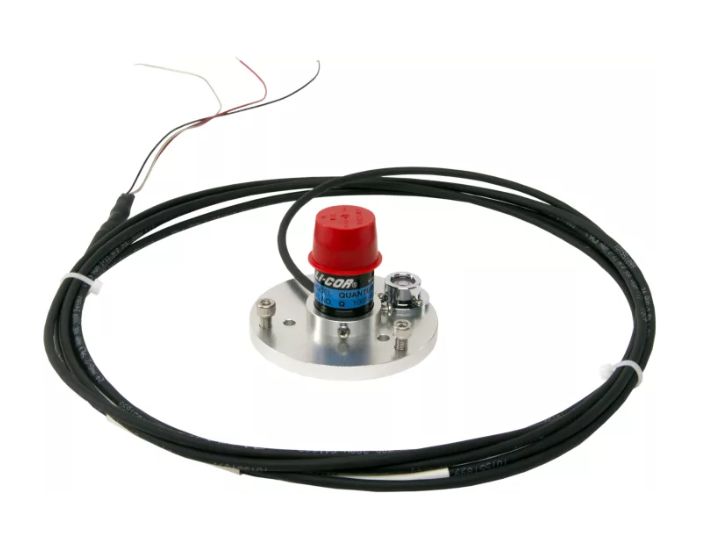
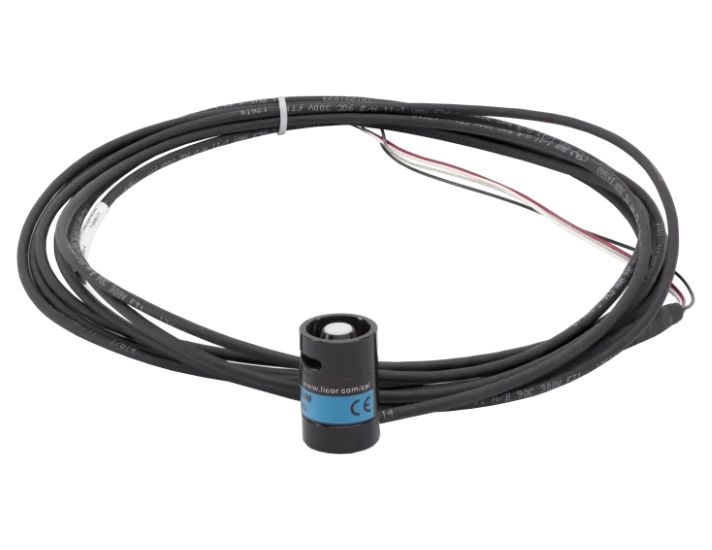
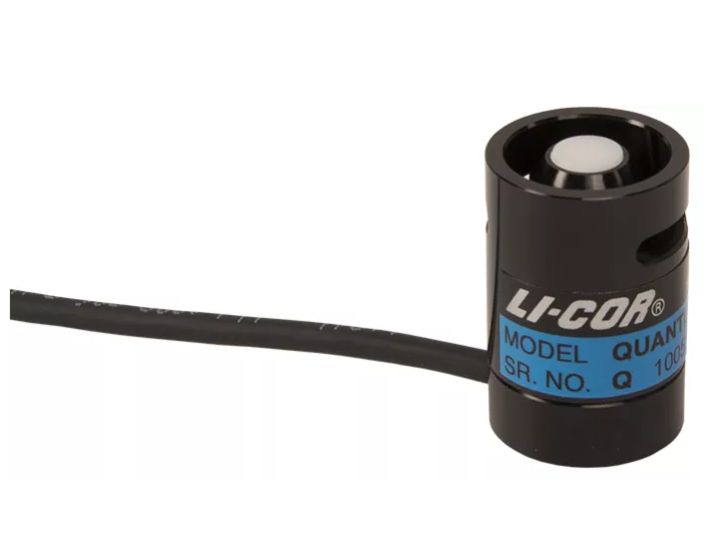
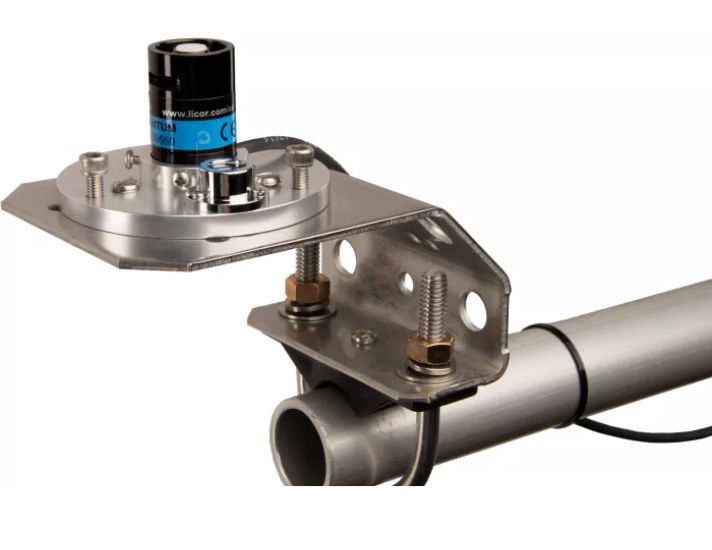
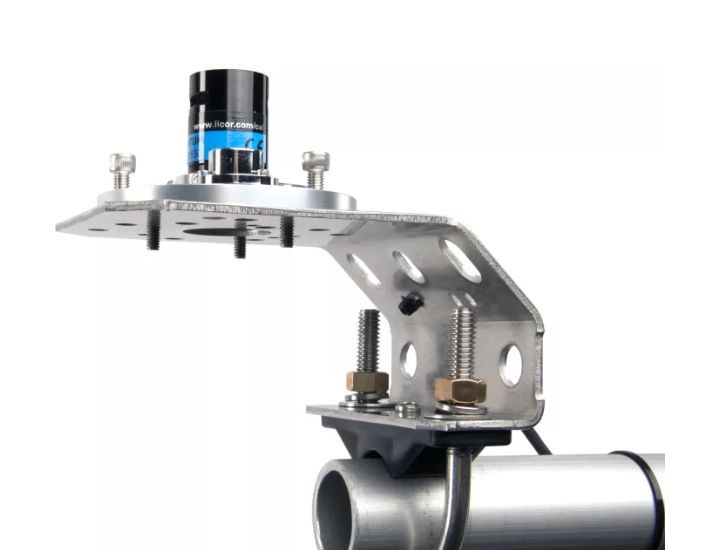
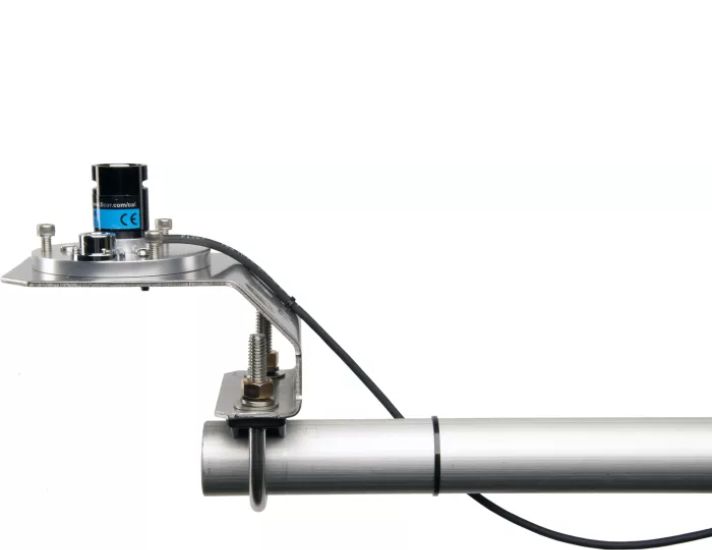
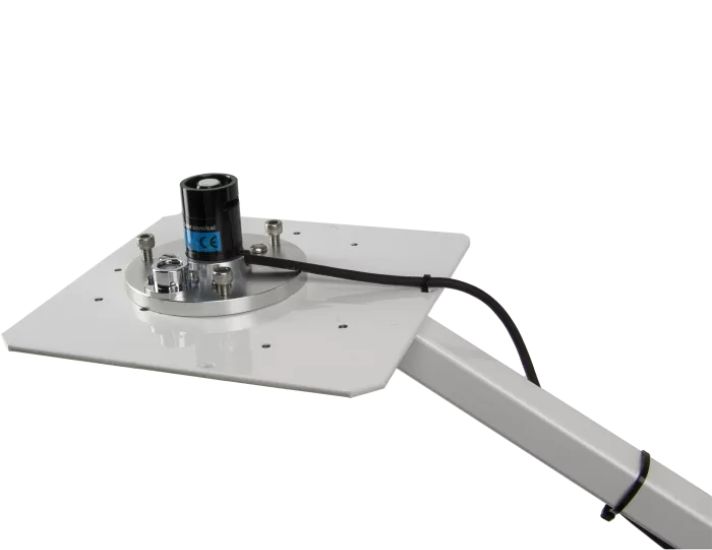
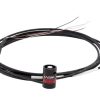
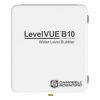

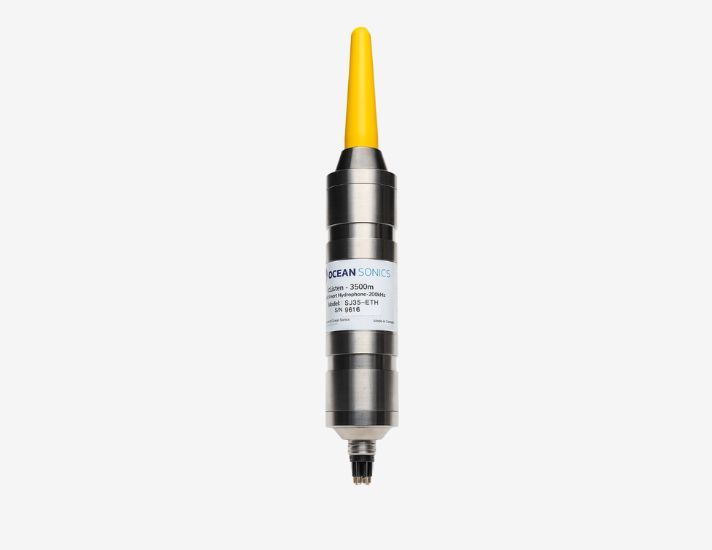

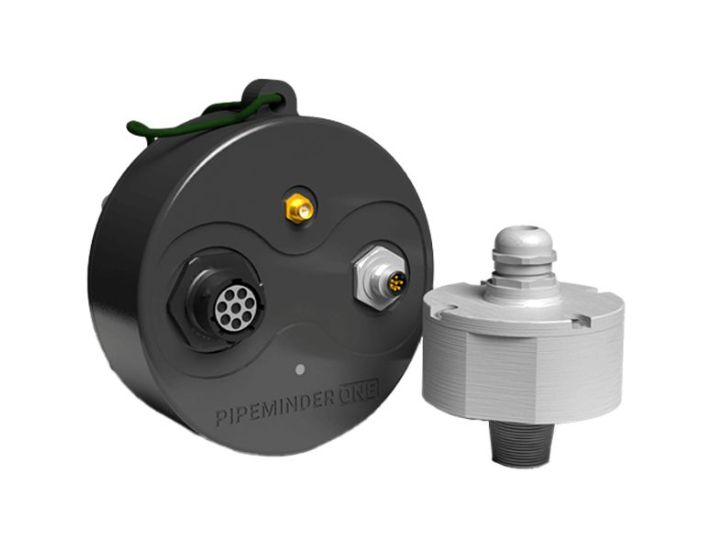
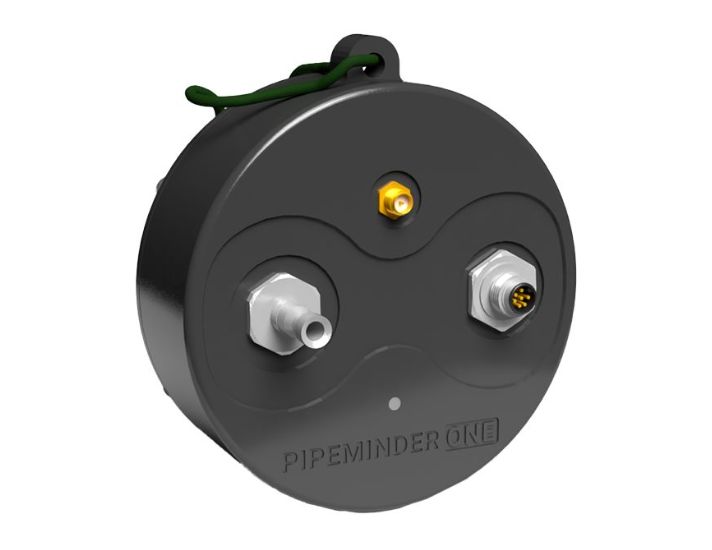
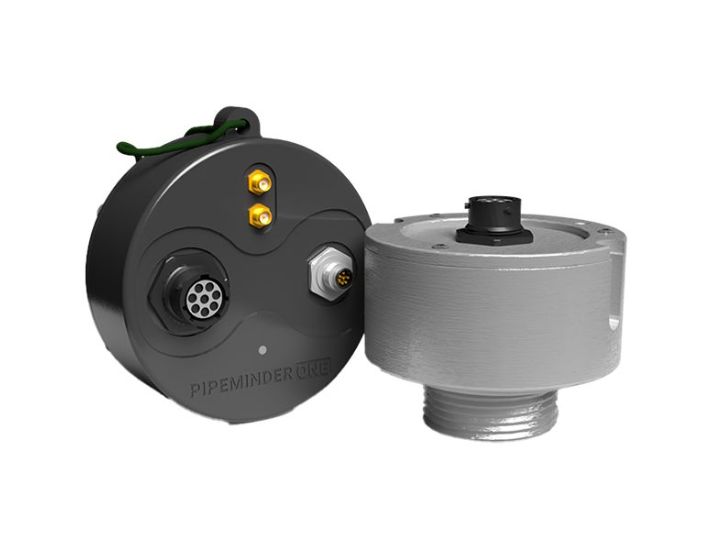
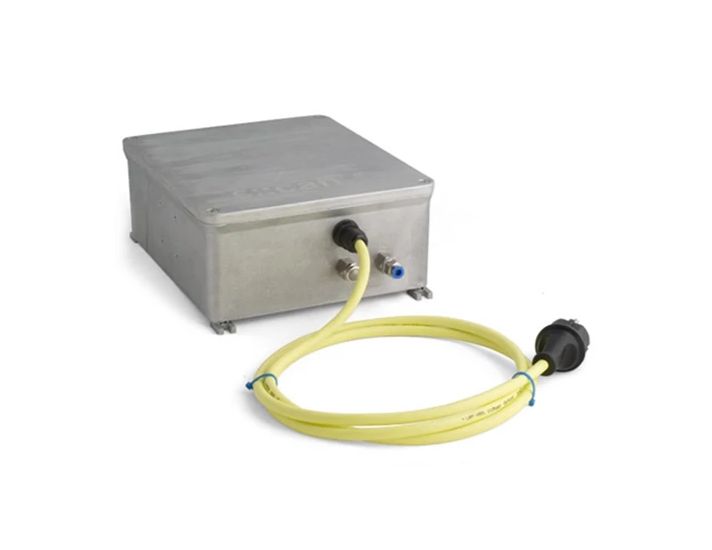
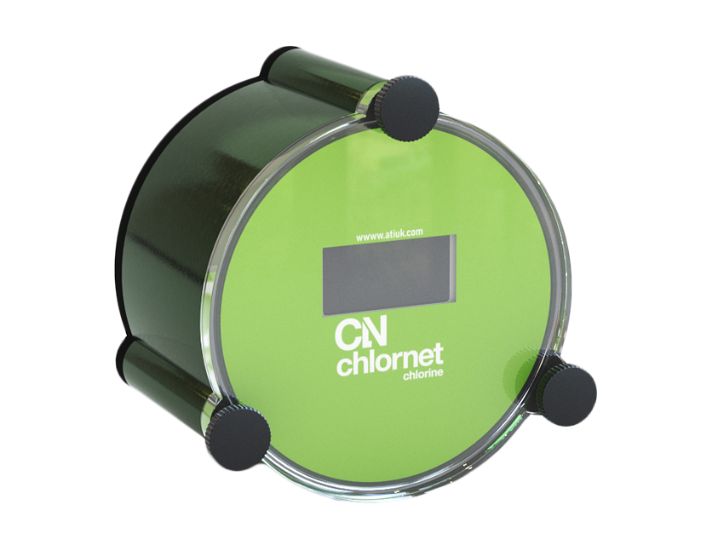
Review LI190R-L Quantum (PAR) Sensor
There are no reviews yet.